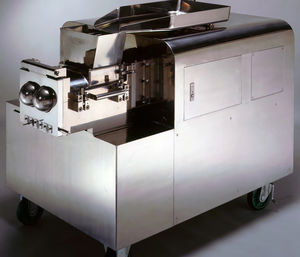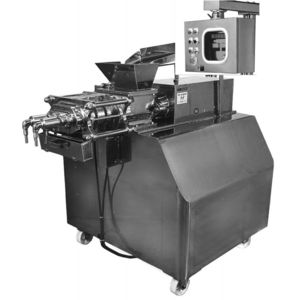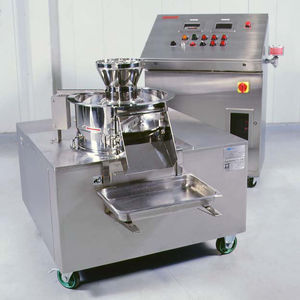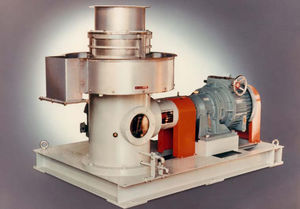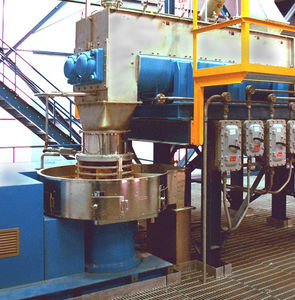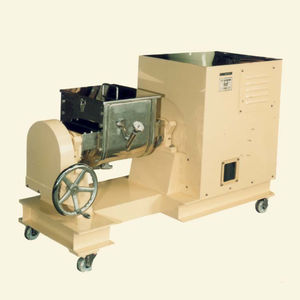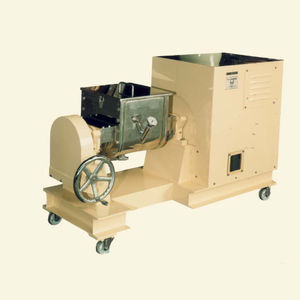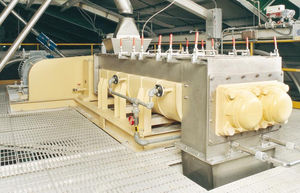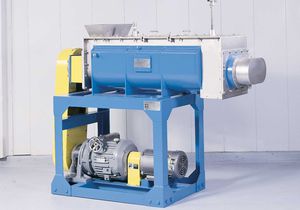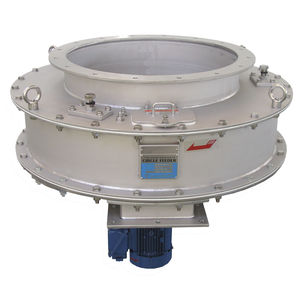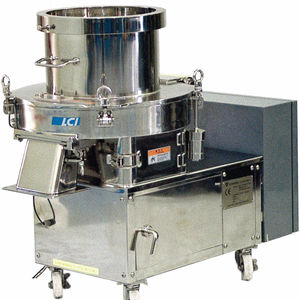
Spheronizer QJ Series







Add to favorites
Compare this product
Description
The feed material to the spheronizer can be extruded particles or moist granules from a mixer/granulator. Since an extruded particle has at least two dimensions already defined, a narrow final particle size distribution is possible.
Particles are fed onto the spinning friction plate, which throws them against the inside wall of the cylinder. Extruded particles are quickly broken into segments approximately one diameter long. Centrifugal and gravitational forces create a mechanically fluidized ring of particles. Collisions with the wall, friction plate and other particles result in the plastic deformation of each granule, quickly creating a spherical shape. The desired shape for a specific application is time and formulation dependent and is achieved, predictably and repeatedly, in a brief period called the "spheronization time".
Producing a smooth particle surface suitable for thin layer coating
Forming granules with a specific bio-consumable shape
Conditioning particles to prevent generation of dust and fines from usage or shipping
Increasing flowability by elimination of sticking or bridging points
Increasing the apparent bulk density up to 25% compared to extruded material
VIDEO
Catalogs
No catalogs are available for this product.
See all of LCI‘s catalogs*Prices are pre-tax. They exclude delivery charges and customs duties and do not include additional charges for installation or activation options. Prices are indicative only and may vary by country, with changes to the cost of raw materials and exchange rates.



